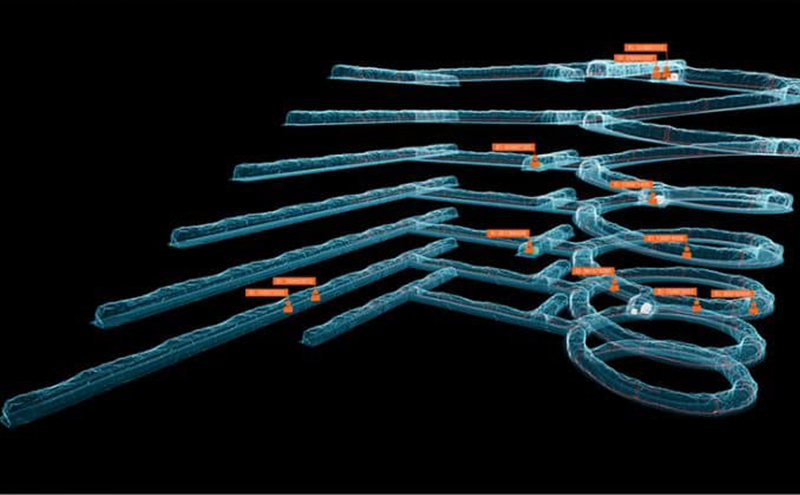Tracking personnel and assets are increasingly vital in underground, above ground, and indoor operations to maintain efficient production and ensure the safety of on-site personnel.
Real-Time Location Systems (RTLS), also referred to as real-time locating systems and real-time tracking systems, are used to track and identify the position of people and assets within a specified area or building. They are generally based within indoor or underground areas, where satellite GPS is not available or reliable. Examples of real-time location systems include tracking underground personnel during emergency response procedures, locating stock within a warehouse, or finding vehicles across a mine.
How are Location Systems Designed?
There are three primary areas with real-time tracking systems:
- Tags: Wireless tags containing tracking chips are attached to on-site personnel through wearable technology and objects, such as machinery or inventory. A network of fixed reference points within the building, or underground mine receives the signals from the tags to pinpoint their location.
- Fixed Reference Points: Access points collect packets of information as a tag passes within its reach and transmit the data to the location server.
Tags and fixed reference points can be transmitters, receivers, or both, resulting in numerous possible technology combinations.
- Server: Data sent from multiple access points is received through the server and translated by software to identify the location of the tracking tag.
Location systems form a scalable, easy to monitor network, which allows the location of personnel or assets to be mapped. The real-time data provided pinpoints to the position of people and objects at a time. However, it does not give details on speed, direction, or spatial orientation.
Current Tracking Technology
There is a range of tracking technologies available, namely, radio frequency identification (RFID): Wi-Fi, Bluetooth, and Ultra-Wide Band (UWB), plus optical (infrared) or acoustic (ultrasound). Each system has varying levels of accuracy, infrastructure requirements, cost, and security.






